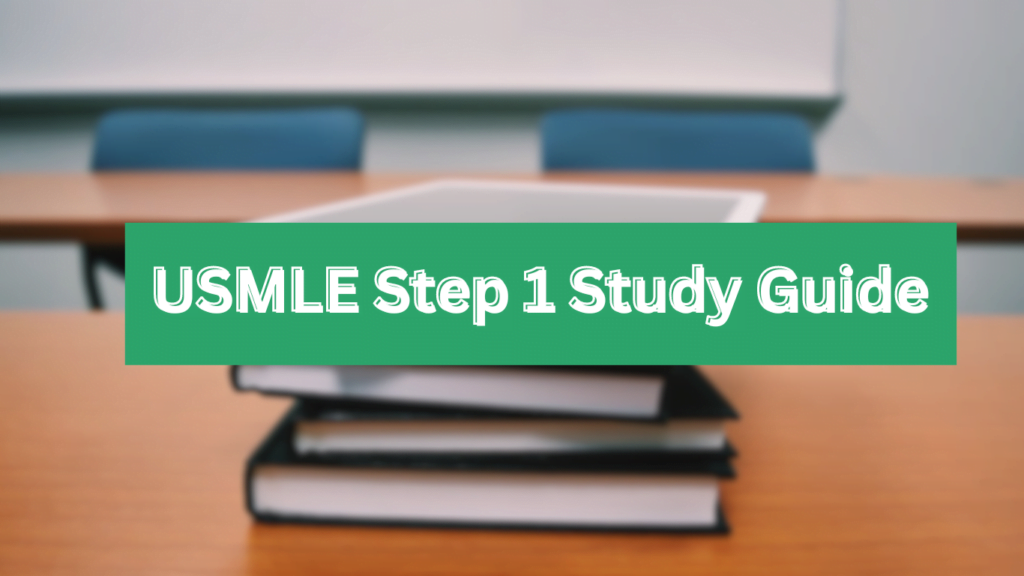Contents
The United States Medical Licensing Examination (USMLE) is a program jointly owned by the Federation of State Medical Boards (FSMB) and the National Board of Medical Examiners (NBME). The USMLE is overseen by a committee that includes members from the Educational Commission for Foreign Medical Graduates (ECFMG), FSMB, NBME, and the public. This committee is responsible for the program’s overall direction, scoring procedures, pass/fail standards, and significant policies.
The USMLE exam was established to create a standardized path to medical licensure for allopathic physicians in the U.S., replacing multiple examinations that varied by state. The goal was to ensure consistent assessment standards for all licensed MDs, regardless of their school or country of training. Today, all state medical boards use the USMLE as the national examination for allopathic physicians.
The test committees responsible for developing the USMLE include biomedical scientists, educators, and clinicians from across the U.S., representing a national faculty of medicine. These committees involve members from LCME-accredited medical schools and various clinical practice settings.
The USMLE exam aims to support medical licensing authorities by providing meaningful information about physician characteristics essential for safe and effective patient care. The USMLE assesses physicians comprehensively and accurately, maintaining the highest professional testing standards.
USMLE exam has 3 Steps.
USMLE Step 1
Step 1 assesses whether you understand and can apply important concepts of the sciences basic to the practice of medicine, with special emphasis on principles and mechanisms underlying health, disease, and modes of therapy.
Timing:
Step 1 is a one-day examination. It is divided into seven 60-minute blocks and administered in one 8-hour testing session. The number of questions per block on a given examination form may vary, but will not exceed 40. The total number of items on the overall examination form will not exceed 280.
The examination also includes a minimum allotment of 45 minutes of break time and a 15-minute optional tutorial.
USMLE Step 2 CK
Step 2 CK assesses an examinee’s ability to apply medical knowledge, skills, and understanding of clinical science essential for the provision of patient care under supervision and includes emphasis on health promotion and disease prevention. Step 2 CK ensures that due attention is devoted to principles of clinical sciences and basic patient-centered skills that provide the foundation for the safe and competent practice of medicine under supervision.
Timings:
Step 2 CK is a one-day examination. It is divided into eight 60-minute blocks and administered in one 9-hour testing session. The number of questions per block on a given examination will vary but will not exceed 40. The total number of items on the overall examination will not exceed 318.
Same time period for break and tutorial as Step 1.
USMLE Step 3
Step 3 is designed to assess the knowledge and skills of physicians who are assuming independent responsibility for providing general medical care to patients, with emphasis on patient management in ambulatory settings. It is the final examination in the USMLE sequence leading to a license to practice medicine without supervision.
Step 3 content reflects a data-based model of generalist medical practice in the United States. The test items and cases reflect the clinical situations that a general, as-yet undifferentiated, physician might encounter within the context of a specific setting.
Step 3 consists of MCQs, also known as items, and computer-based case simulations as well.
Step 3 is a two-day examination.
Day 1: USMLE Step 3; Foundations of Independent Practice (FIP)
This test day focuses on assessment of knowledge of basic medical and scientific principles essential for effective health care. This test day consists solely of multiple-choice questions.
Content areas covered include:
- Application of foundational sciences.
- Understanding of biostatistics and epidemiology/population health and interpretation of the medical literature
- Application of social sciences, including communication and interpersonal skills, medical ethics, systems-based practice, and patient safety.
- Assessing knowledge of diagnosis and management, particularly focused on knowledge of history and physical examination, diagnosis, and use of diagnostic studies.
- Newer item formats, such as those based on scientific abstracts and pharmaceutical advertisements.
Timings:
The first day of testing includes 232 multiple-choice items divided into 6 blocks of 38-39 items; 60 minutes are allotted for completion of each block of test items. There are approximately 7 hours in the test session on the first day, including 45 minutes of break time and a 5-minute optional tutorial as compared to 15 minute in Step 1 and Step 2.
Day 2: USMLE Step 3; Advanced Clinical Medicine (ACM)
This test day focuses on assessment of the ability to apply comprehensive knowledge of health and disease in the context of patient management and the evolving manifestation of disease over time. This test day includes multiple-choice questions and computer-based case simulations.
Content areas covered include:
- Assessment of knowledge of diagnosis and management, particularly focused on prognosis and outcome, health maintenance and screening, therapeutics, and medical decision making.
- Knowledge of history and physical examination, diagnosis, and use of diagnostic studies also is assessed.
Timings:
There are approximately 9 hours in the test session on the second day. This day of testing includes a 5-minute optional tutorial followed by 180 multiple-choice items, divided into 6 blocks of 30 items; 45 minutes are allotted for the completion of each block of test items.
The second day also includes a 7-minute CCS tutorial. This is followed by 13 case simulations, each of which is allotted a maximum of 10 or 20 minutes of real-time. A minimum of 45 minutes is available for break time as all of the previous tests.
Step 3 provides a final assessment, assuming independent responsibility for delivering general medical care.
Passing this step grants you the license to practice in the United States of America.

